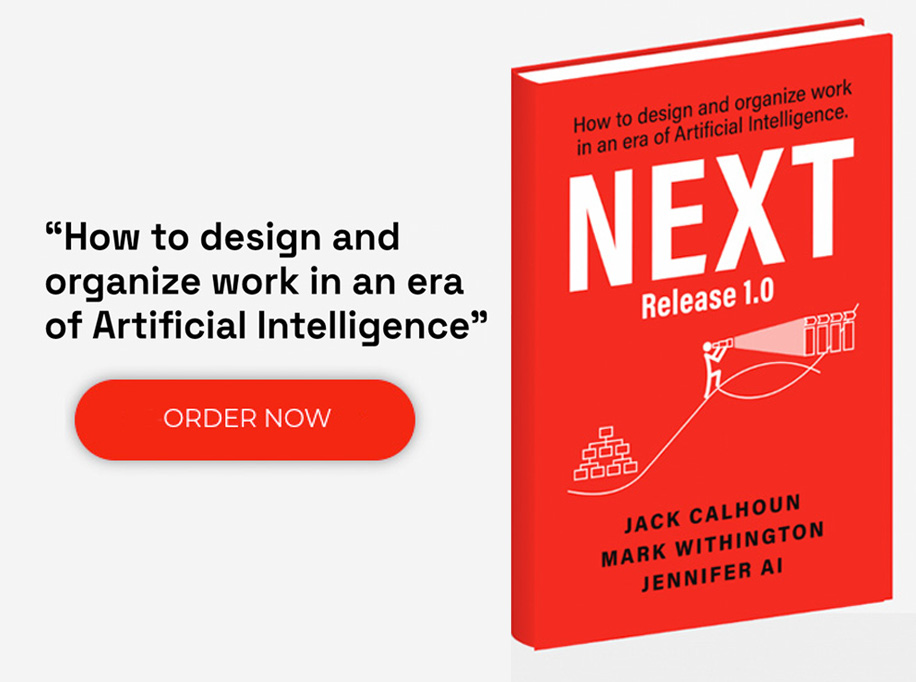Digital disruption is transforming industries at an unprecedented pace, influencing not just market dynamics but also the internal operations of organizations. While technology undoubtedly plays a crucial role as a catalyst in this process, the human aspect within organizations ultimately determines the success of digital transformation efforts. This dual nature of digital disruption underscores the complexity of navigating change, which is as much about managing technology as it is about leading people.
Key Factors in Overcoming Digital Disruption
Recognizing and addressing both technological and human factors are critical when navigating through the waves of digital disruption. Successful digital transformation involves more than just adopting the newest technologies; it requires a holistic approach that considers the roles of leadership, organizational culture, skill development, and customer engagement.
Leadership and Vision
The role of visionary leadership is pivotal in steering any organization through the complexities of digital change. Leaders must not only advocate for the adoption of new technologies but also foster an environment that embraces change. Examples of effective leadership in digital disruption include those who exhibit clear communication, the ability to inspire and motivate, and a commitment to aligning the organization’s strategic goals with digital initiatives.
Furthermore, these leaders prioritize transparency in their strategic planning,
ensuring that every team member understands the ‘what,’ and ‘how,’ and the ‘why’ behind each digital initiative. This approach helps build trust and buy-in throughout the organization, which is crucial for navigating the uncertainties of digital transformation.
Organizational Culture and Mindset
Organizational culture significantly influences an organization’s ability to adapt to and embrace digital innovations. A culture entrenched in risk aversion or a fixed mindset can hinder digital initiatives, whereas a culture that promotes agility, flexibility, and a growth mindset can accelerate transformation. Cultivating such a culture involves encouraging experimentation, rewarding innovation, and accepting failure as part of the learning process.
Skill Development and Talent Acquisition
As technology evolves, so too must the workforce. Continuous learning and skill development are crucial for employees to keep pace with new technologies and methodologies. Moreover, attracting and retaining talent equipped with the necessary digital competencies is crucial. Initiatives like professional development programs, partnerships with educational institutions, and creating an appealing work environment are effective strategies for maintaining a skilled workforce.
Customer-Centric Approaches
A deep understanding of customer behaviors and needs is crucial in shaping effective digital transformation strategies. Organizations prioritizing customer engagement and experience often succeed more in their digital initiatives. By placing the customer at the center of their digital transformation efforts, businesses can ensure that the technological solutions they implement are advanced, directly relevant, and beneficial to their end users. This approach improves customer satisfaction and loyalty and drives business growth by aligning product and service innovations with real-world customer demands.
Why Technology is the Easy Part
Integrating new technologies, while challenging, is often more straightforward than addressing the human elements of digital disruption. Technologies like cloud computing, AI, and IoT offer clear frameworks and solutions for implementation. However, the real challenge lies in aligning these technological solutions with human factors such as workforce adaptation, leadership alignment, and cultural acceptance. Creating a supportive environment that fosters digital literacy and resilience can ease any transition, ensuring that technological enhancements are effectively utilized and truly transformative.
Why People Are at the Heart of Digital Disruption
Managing organizational change and the psychological aspects of transformation are among the most complex elements of digital disruption. The success of digital initiatives often hinges on effective communication, collaboration, and employee engagement. Organizations must take a comprehensive approach that balances technological advancements with these crucial human factors. Encouraging open communication, fostering collaboration across departments, and engaging employees in the transformation process are essential strategies for overcoming the human challenges associated with digital disruption.
Next Steps
As we’ve explored, while technology is a critical driver, human factors are at the heart of digital disruption. Understanding and strategically managing these human elements ultimately empowers organizations to survive and thrive in a digitally disrupted world.
If you want to learn more about digital disruption and your organization’s exposure, please click here to take our quick, online, 4-minute Digital Disruption assessment. Upon submission, you’ll receive an evaluation of your organization’s business model exposure to the disruptive forces introduced by new technology (AI, IoT, Big Data, etc.). The report views this disruption through a framework we call Enterprise Fitness and consists of the following four sections:
- The Domains of Digital Disruption
- Your Organization’s Digital Exposure
- The Digital Disruption Maturity Model
- Your Organization’s Digital Disruption Maturity Level











